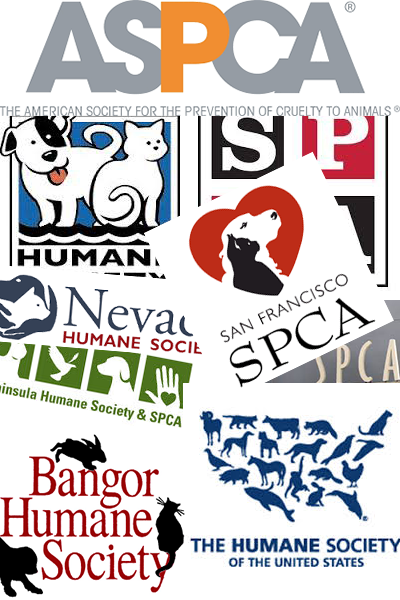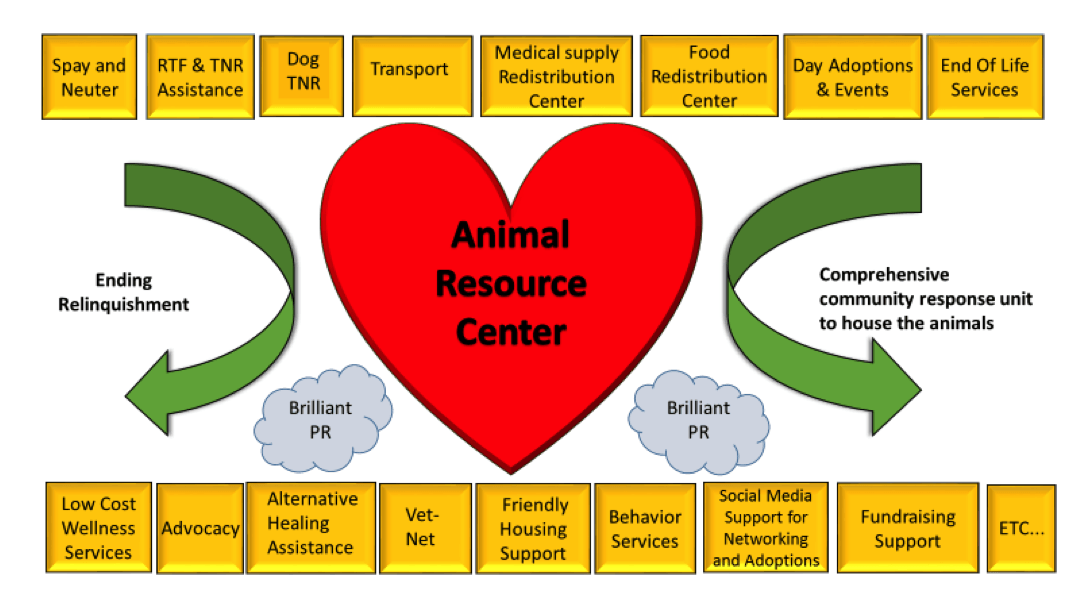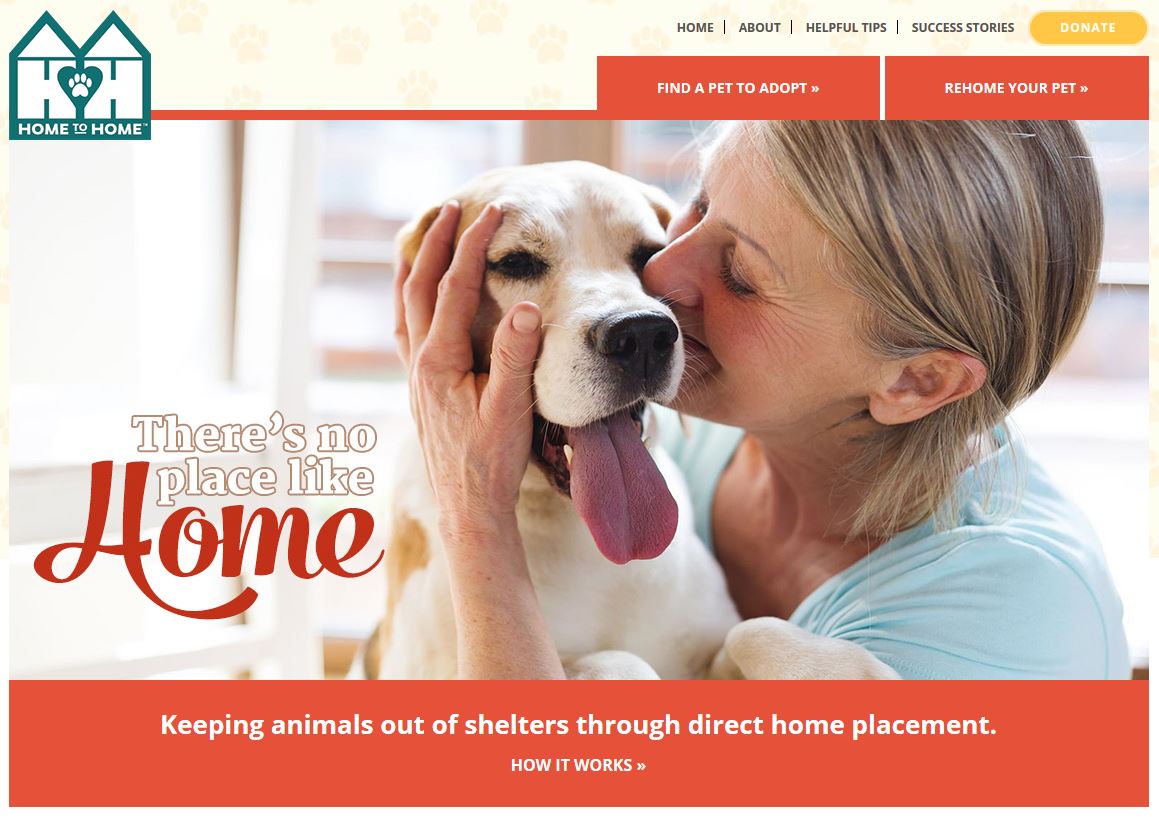Module 7: Get to Know a Shelter
What’s in a Name?
With all of the different types of shelters, their funding streams, their philosophical missions, and their changing roles over time, it’s easy for the public to become confused about who they should go to for different needs, such as finding a lost pet, helping an injured animal, getting a rabies vaccine and license tag, reporting an animal nuisance, or volunteering to help.
One thing that surprises many people is that there is virtually no relationship between individual shelters in the United States. An SPCA in one town has no affiliation with an SPCA in another town or with the national ASPCA. Similarly, humane societies are all independent organizations with no affiliation with any national humane societies.
There is also a surprising lack of oversight and regulation of animal shelters; virtually anyone can open a shelter and start taking in animals. Since no national directory of shelters exists, it’s not even possible to know how many there are.
What can be said, however, is that it is not possible judge a shelter by its name. High-quality animal care and life-saving can take place in shelters run by both municipalities and by non-profit organizations. Sometimes more lives are saved in open-admission shelters than in ones that define themselves as “No Kill.” Similarly, any kind of shelter can fail to meet minimum standards of care and even find itself to be the focus of an animal welfare investigation.

“Shelterless” Sheltering
North America has a long tradition of building facilities to house all manner of animals at risk. Neonatal kittens, free-roaming animals, lost pets, dangerous animals, cruelty victims, and animals displaced by housing insecurity, domestic abuse, or financial constraints of their families . . . they can all flow to facilities that may or may not be fully prepared to care for them.
A new movement is arising that seeks to replace the concept of the shelter as the first response to animal issues. Often, animals (and their people) can be better served by community resources, such as programs to raise neonatal kittens to weaning age, behavior counseling, temporary boarding, and subsidized veterinary care. These “safety-net” programs minimize the need to institutionalize animals, while assuring that shelters do exist for animals with emergency needs and those whose best outcomes can be achieved at a shelter.

Skipping The Shelter: Rehoming without Relinquishing
Families usually acquire pets with the intention of having them for life. But unforeseen events can arise, such as the death of an owner, loss of a home, debilitating health conditions, incompatibility between pets, or behavior that becomes unmanageable.
If life circumstances changed and you had to give up your pets, or if someone reached out to you for help with rehoming, what would you do? Take your pets to a shelter? Give them to a rescue group? Find another home for them?
In many cases, the best outcome for a relinquished pet is to move straight to another family, without spending time in a shelter where fear, anxiety, stress, frustration, and disease are risks and shelter resources are strained.
However, finding a good match can be difficult. Once options for placement with friends and relatives are exhausted, most families don’t know where to turn.
A solution was found in websites where people looking to rehome or adopt a pet can connect – in the “virtual” shelter of cyberspace – much like a dating app. Pet owners create pet profiles with pictures and pet information such as size, breed, age, and behavior. Potential adopters search available pets and then reach out through the app when they find a match. A meeting is arranged, and if all goes well, the pet transfers to a new home without a single day in a shelter. Besides preventing anxiety for pets and their owners, local shelters benefit from a reduction in shelter intake. The two largest self-rehoming apps are Home to Home and Rehome, which together have matched millions of pets with new homes while sparing them from a shelter stay.


